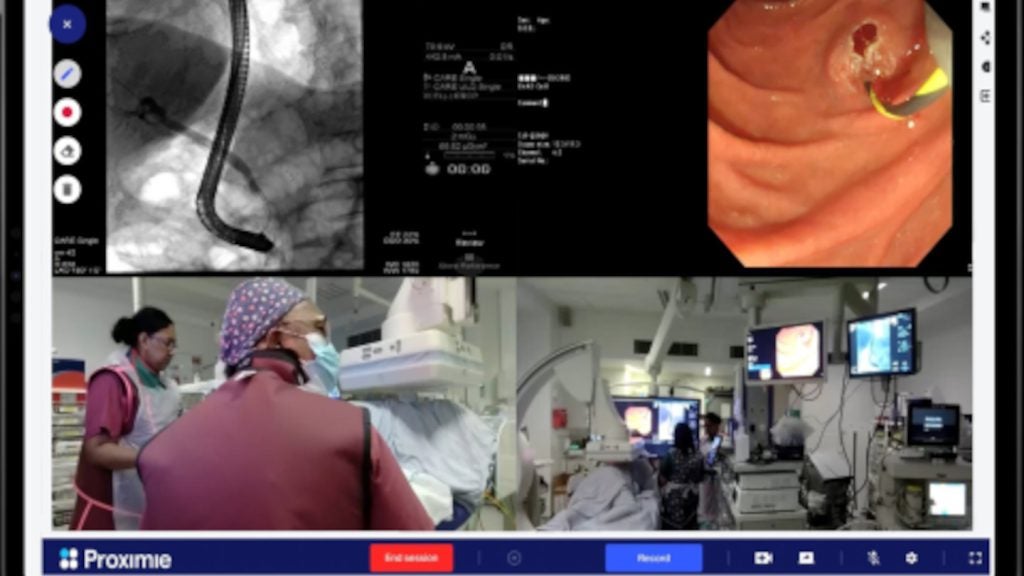Heart Hospital of Austin in Texas, US, has opened a heart valve clinic featuring trans-catheter aortic valve replacement technology.
The interventional cardiologists and cardiac surgeons at the clinic will collaboratively identify patients with severe aortic stenosis who may be eligible for a new, catheter-based valve replacement procedure. Trans-catheter aortic valve replacement technology involves the insertion of a valve through the groin, via catheter, up to the aorta. The catheter will pass through the aortic valve, which is then positioned and opened with a balloon. This process is expected to result in a shorter recovery time.
Heart Hospital of Austin cardiothoracic surgeon Faraz Kerendi said that prior to this procedure, some patients were classified as inoperable and had no treatment options. "This is truly a collaborative approach to valve replacement that will provide another option for patients who are not candidates for open-chest surgery," he said.
Heart Hospital of Austin cardiologist Juhana Karha said that over time, the valve can become calcified, preventing it from opening and releasing blood properly. Severe aortic stenosis is a condition in which the opening of the aortic valve, located between the main pumping chamber of the heart, or left ventricle, and aorta, becomes narrow.
Symptoms of severe aortic stenosis include chest pain and chest pressure; it can also cause blood to back up into the lungs, resulting in shortness of breath and other breathing problems.
How well do you really know your competitors?
Access the most comprehensive Company Profiles on the market, powered by GlobalData. Save hours of research. Gain competitive edge.

Thank you!
Your download email will arrive shortly
Not ready to buy yet? Download a free sample
We are confident about the unique quality of our Company Profiles. However, we want you to make the most beneficial decision for your business, so we offer a free sample that you can download by submitting the below form
By GlobalData






